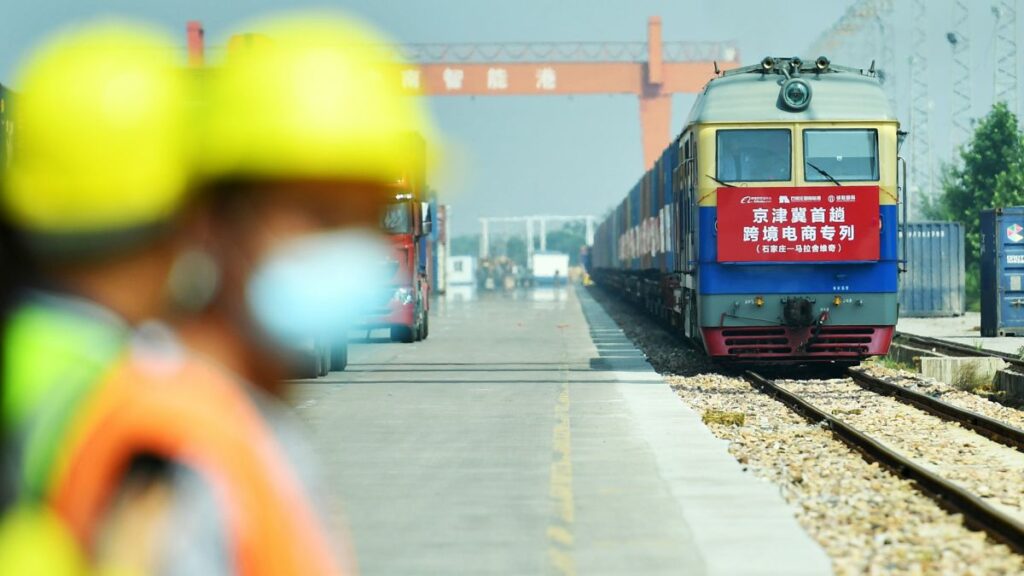6,000 miles through 7 countries. Why companies are turning to long-haul trains

The train was carrying more than three dozen 40-foot containers, each The number of trains between France and China doubled between 2019 and 2021, according to Wanderpepen, even though France came to the market later than other European countries.The sharp increase in rail traffic is already causing overcrowding on the tracks and putting infrastructure under pressure, meaning that trains between Europe and China offer only a limited alternative to ships — the largest of which carry more than 20,000 20-foot containers.Containers moving between Europe and China must be switched to new rail cars twice, once at the China-Kazakhstan border and again at the Poland-Belarus border, since former Soviet countries use a different rail gauge than China and Europe. “We can say that today there are too many trains,” said Wanderpepen. From crisis to opportunityThe vast network of ports, container vessels and trucking companies that moves goods around the world remains badly tangled two years into the pandemic, and the cost of shipping has skyrocketed. “We have congestion at seaports; we have a shortage of containers because transportation volumes went up,” said Felix Papier, a supply chain management professor at France’s ESSEC business school. “We have a shortage of logistics workers in different segments around the world.”Production at 45% of French companies was limited by supply difficulties, according to October survey data published by the country’s National Institute of Statistic and Economic Studies. That’s the highest level since the institute began releasing such data in 1991.’The trains are back’With the pandemic entering its third year and cases rising quickly due to the Omicron variant, experts say that supply chain stress will continue for some time.The transport sector still needs to rebuild its networks, including hiring back port workers and truck drivers, many of whom switched jobs during lockdowns, according to Papier. “I think that in terms of overall congestion levels, in terms of transportation costs, we will always stay at a higher level than … before the crisis,” he said.That could mean a bigger role for trains. Rail accounts for only 5% of the total transport market between Europe and China. But that could double by 2030, according to Wanderpepen.Watching the goods from Xi’an offloaded for onwards delivery to French businesses, the rail executive was upbeat. “Now the client knows this solution and will keep this solution, even if the situation of troubles with pandemic logistics in the world return to something normal,” he said. “The trains are back.”







